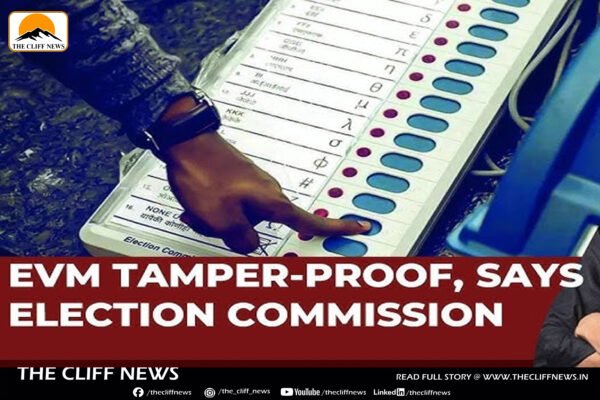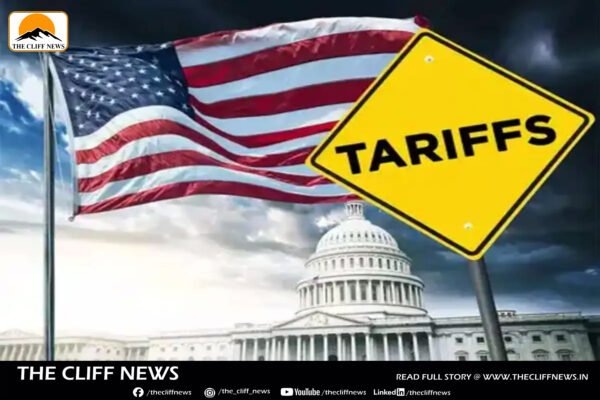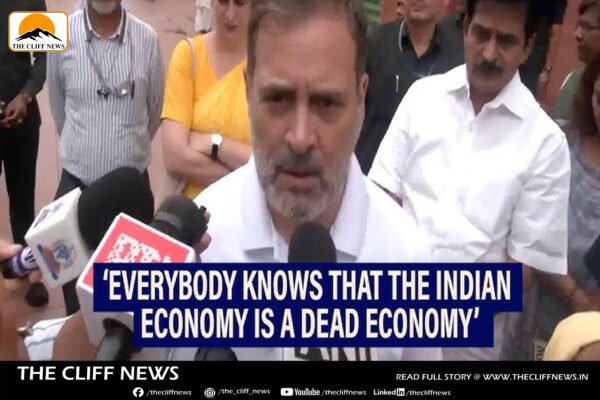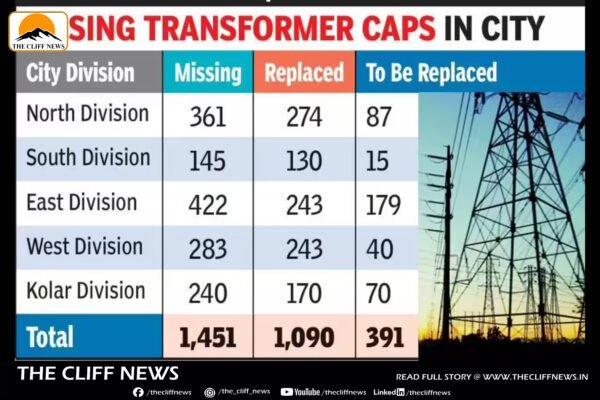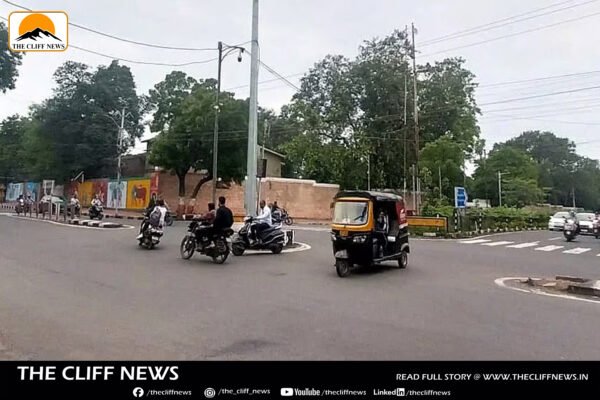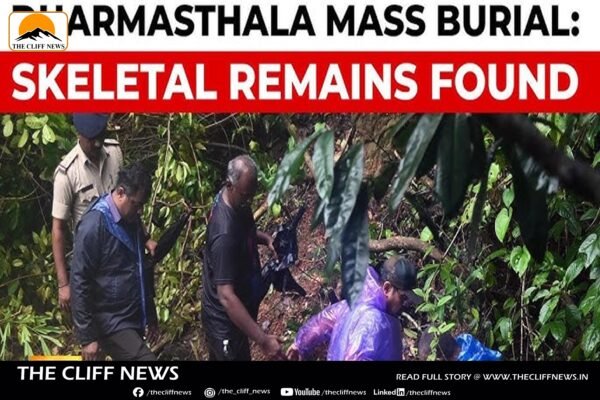Indian State Oil Firms Halt Russian Crude Imports Amid Narrowing Discounts, U.S. Tariff Threat
India’s state-owned oil refiners have paused imports of Russian crude oil over the past week, Reuters reported Thursday, citing industry sources. The move comes as discounts on Russian oil have shrunk and U.S. President Donald Trump warned of steep tariffs on countries continuing to purchase Russian oil after August 8. Among the firms halting purchases is Indian Oil Corporation (IOC), the country’s largest refiner, which runs 10 of India’s 20 refineries with a total annual capacity of 60 million metric tons. Other major state-run companies including Hindustan Petroleum, Bharat Petroleum, and Mangalore Refinery and Petrochemicals have also suspended Russian crude orders. According to company executives, these refiners are now turning to the spot market to meet their needs, increasing imports from Middle Eastern OPEC members and West African producers. A Strategic Reversal The halt marks a significant shift in India’s oil strategy. Since the 2022 Ukraine invasion, India had emerged as a major buyer of heavily discounted Russian oil, resisting pressure from Western governments and helping Moscow compensate for its loss of European markets. However, with discounts shrinking and geopolitical risks mounting, state-owned refiners appear to be recalibrating. Meanwhile, private sector refiners like Reliance Industries and Nayara Energy continue to be India’s top importers of Russian oil. Nayara — which is partially owned by Russia’s Rosneft — has attracted renewed attention after being named in the European Union’s 18th sanctions package. U.S. Pressure and Tariff Threats The Indian state sector’s pause follows President Trump’s ultimatum to Moscow: reach a peace agreement with Ukraine by August 8, or risk 100% tariffs on Russian oil buyers. The threat of sanctions has added uncertainty to India’s energy procurement, particularly for publicly held companies more sensitive to geopolitical pressure. This development could reshape India’s oil sourcing dynamics and further strain Moscow’s ability to sell its crude abroad.


